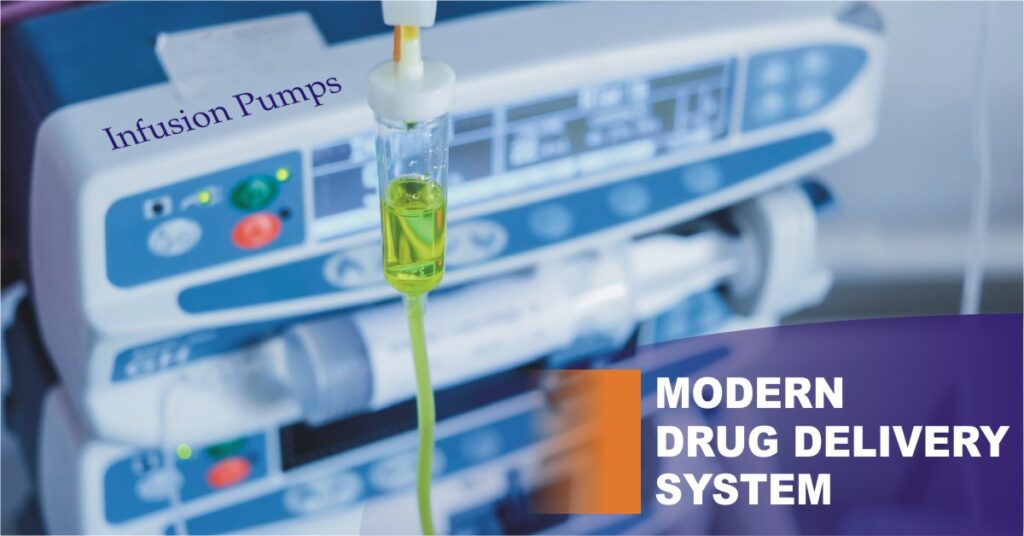Assessment of the important physiological variables of the patients during critical period. Patient monitoring systems have been used for measuring continuously or at regular intervals. Critically ill patients recovering from surgery, heart attack or serious illness, are often placed in special units, generally known as intensive care units. The long-term objective of patient monitoring is
- Organizing and displaying information in a form meaningful for improved patient care .
- Correlating multiple parameters for clear demonstration of clinical problems .
- Processing the data to set alarms on the development of abnormal conditions
- Providing information, based on automated data, regarding therapy
- Ensuring better care with fewer staff members.
The patient monitor need these parameters Electrocardiogram (ECG), Heart rate pulse rate, pulse oximetry, blood pressure, body temperature and respiratory rate.
Cardiac monitor
Among different Patient monitoring system , the most important physiological parameters monitored in the intensive care unit are the heart rate and ECG. These instruments are called Cardiac Monitors or ‘Cardioscopes’ and comprise of:
- Disposable type electrodes to pick the ECG signals.
- Amplifiers and LCD for the display of the ECG A Heart rate meter to indicate the average heart rate with audible beep or flashing light.
An alarm system is used to produce signal in the event of abnormalities. Most of the present day cardio scopes are designed to be used at the bedside. Some of them are even portable and can work on storage batteries.
Bedside monitor
Patient monitoring system like, Bedside monitors are available in wide variety of configurations from different manufacturers. They have been designed to monitor different parameters but the common feature amongst all is the facility to continuously monitor and provide non-fade display of ECG waveform and heart rate. Some instruments also include pulse, pressure, temperature and respiration rate monitoring facilities. Patient monitors are also known as vital sign monitors as they are primarily designed to measure and display vital physiological parameters.
These monitors consist of the modular parts for measurement of the following:
- ECG
- Blood Pressure
- Temperature Measurement
- Pulse Probe
Central monitor
With central monitoring type of Patient monitoring system, the measured values are displayed and recorded at a central station. Usually, the information from the bedside monitors is also displayed with alarms etc. in a central station. Central stations are primarily designed for coronary care patients to display ECG waveforms and heart-rate information, say for eight patients.
Direct methods of monitoring blood pressure
The direct method of pressure measurement is used when the highest degree of absolute accuracy, dynamic response and continuous monitoring are required. The method is also used to measure the pressure in deep regions inaccessible by indirect means.
For direct measurement, a catheter or a needle type probe is inserted through a vein or artery to the area of interest. Two types of probes can be used. One type is the catheter tip probe in which the sensor is mounted on the tip of the probe and the pressures exerted on it are converted to the proportional electrical signals. The other is the fluid-filled catheter type, which transmits the pressure exerted on its fluid-filled column to an external transducer.
This transducer converts the exerted pressure to electrical signals. The electrical signals can then be amplified and displayed or recorded. Catheter tip probes provide the maximum dynamic response and avoid acceleration artefacts whereas the fluid-filled catheter type systems require careful adjustment of the catheter dimensions to obtain an optimum dynamic response.
Fluid filled system
A typical set-up of a fluid-filled system for measuring blood pressure. Before inserting the catheters into the blood vessel it is important that the fluid-filled system should be thoroughly flushed. In practice a steady flow of sterile saline is passed through the catheter to prevent blood clotting in it.As air bubbles dampen the frequency response of the system, it has to be ensured that the system is free from them. The senor is located behind the catheter and the vascular pressure is transmitted via this liquid filled catheter.
The actual pressure sensor can be:
- Strain gauge
- Variable inductance
- Variable Capacitance
- Optoelectronic
- Piezoelectric
Catheter tip pressure transducer
The catheter sensor system must be flushed with saline heparin solution every few minutes in order to prevent blood from clotting at the tip. Catheter tip pressure transducer Fluid-filled catheter and external pressure transducer arrangements for the measurement of intravascular pressures have limited dynamic response. The problem has been solved to some extent, by the use of miniature catheter tip pressure transducers.
One such transducer which makes use of a semiconductor strain gauge pressure sensor. The transducer is 12 mm long and has a diameter of 1.65 mm. It is mounted at the tip of a No. 5 French Teflon catheter, 1.5 m long. The other end of the catheter carries an electrical connector for connecting the transducer to a source of excitation and a signal conditioner. A hole in the connector provides an opening to the atmosphere for the rear of the diaphragm.
The active portion of the transducer consists of a silicon-rubber diaphragm with an effective area of 0.75 mm2. The pressure is detected by the photo-electric transducer element whose output voltage is proportional to the applied pressure.
Indirect method
The classical method of making an indirect measurement of blood pressure is by the use of a cuff over the limb containing the artery. The pressure in the cuff is raised to a level well above the systolic pressure so that the flow of blood is completely terminated. Pressure in the cuff is then released at a particular rate. When it reaches a level, which is below the systolic pressure, a brief flow occurs.
If the cuff pressure is allowed to fall further, just below the diastolic pressure value, the flow becomes normal and uninterrupted. The method given by Korotkoff and based on the sounds produced by flow changes is the one normally used in the conventional sphygmomanometers. The sounds first appear when the cuff pressure falls to just below the systolic pressure.
They are produced by the brief turbulent flow terminated by a sharp collapse of the vessel and persist as the cuff pressure continues to fall. The sounds disappear or change in character at just below diastolic pressure when the flow is no longer interrupted. These sounds are picked up by using a microphone placed over an artery distal to the cuff.
ALSO READ

